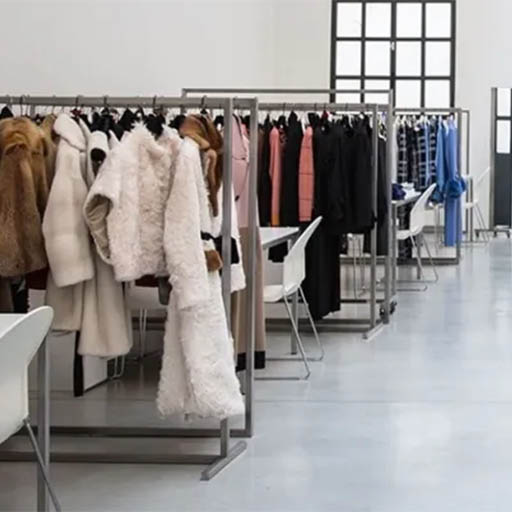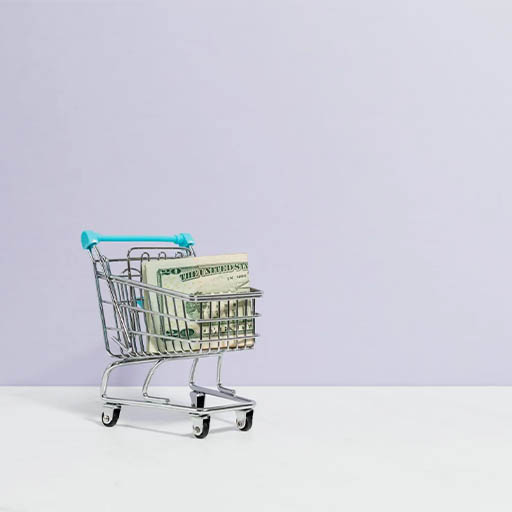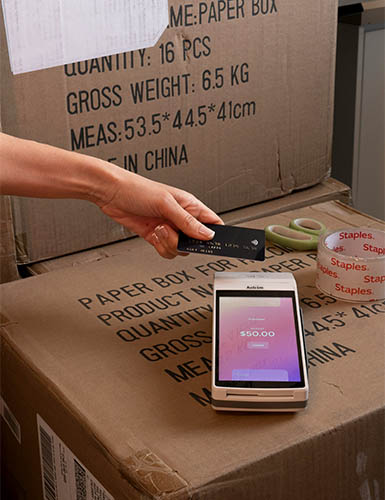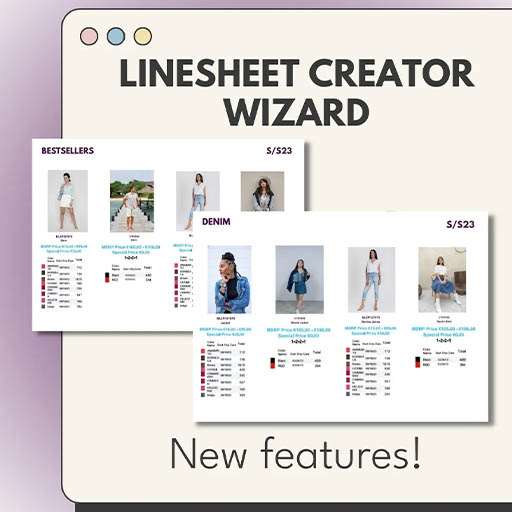As technology continues to dominate and sustainability is taking the industry by storm, it’s important to keep up and jump on the train. We feel you! Keeping up with the fast track trends can be very time consuming, that’s why we have brought them to you right here, the fashion retail trends that will shape 2023!
After a post pandemic world, consumers are looking for a more social and experiential way of shopping so what trends will shape that?
Shopping is getting social with social commerce
Social media put the social in social commerce. With more creators and influencers directing how their audience shop and influencing them on what to buy, In fact, a research study Google conducted in partnership with Bain showed Gen Z & Millennial shoppers (18 – 41) are 2x more likely than older generations to say that video and social media were most influential on purchase decisions. This also creates a deeper relationship with the consumer and the creator. It is a way to bring back the human touch to a digital retail experience.
Youtube was the first to give birth to this trend back in the 2000’s with unboxing videos and now it has spread to Tik Tok with Kim Kardashian leading the trend with #unboxing having 44.3 billion views. The trend is actually a relief for both consumers and retailers as 93% of respondents who shopped on YouTube said they kept their purchases.
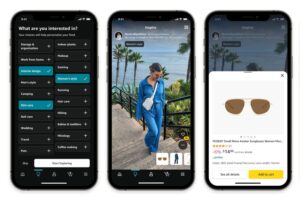
Amazon even tapped into social commerce with an embedded TikTok-like feed called inspire driving inspiration for its shoppers on the platform. The feature is designed to draw consumers’ attention away from apps like TikTok, where brands can directly market to consumers, in order to drive sales on Amazon.com instead
Experience in the heart of brick and mortar
Consumers are hungry for experience after being in lock-down. They are seeking to reconnect with their favorite brands and engage with them through experiential and interactive retail in brick and mortar stores. From Dior’s latest collaboration with Harrods, Jaquemues’ experiential pop up store and H&Ms newest experiential store.
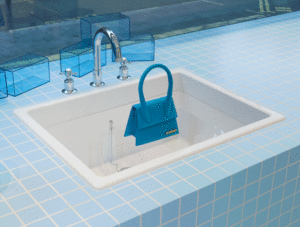
Adweek even said, “These days, if consumers can’t Instagram a store, it’s almost not even worth going.” This is especially relevant to Gen Z.
Jaqumeus’ hyperphysical pop-up in selfridges London, the designer wanted to make his bathroom part of the consumer experience to stimulate the senses of the shopper to a handbag vending machine that dispenses colourways of the designer’s Chiquito and Bambino bags! Talk about a memorable shopping experience. Also the least expected store also stepped into the experiential brick and mortar trend with on the floor is a limited assortment of shoes, sweaters and dresses lit up by an interactive snowflake light projection. The retailer is hoping a curated, event and stylist-centric store will help elevate its image and brand amongst the fashion set. Also in Germany h&m opened a boutique like store offering yoga classes, cafe shop and space for other brands as the Swedish budget chain seeks a new look to revive flagging sales.
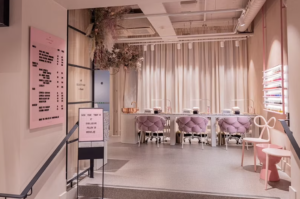
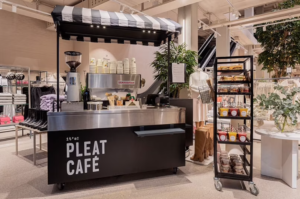
The rise of hyperphysical stores is here to stay as a response and mimic to the rise of the metaverse and virtual shops allowing the consumer to shop, socialize and play.
AR out of this world
AR meets brick and mortar with in store experiences and engagement. An almost whopping 100 million consumers will use AR as part of their shopping experience instore and online. AR is used to amplify information about the product and help the consumer interact with the brand like never before.
Let’s take a look at American Apparel and how they integrated AR into their brick and mortar shopping experience. It involves an app where whilst the consumer is shopping they scan a QR code and it brings them into a page with additional information about the product and reviews for each one, which in conclusion makes the purchasing decision easier for the consumer.
With 61% of shoppers prefer to shop at stores that offer AR over ones that don’t. AR is definitely in the heart of the future of retail.
Resale mayhem
Resale is the next big thing in fashion and retail. As sustainability offers new opportunities and business models for many retailers and brands, second hand shopping is booming as a way to expand the life of a clothing item in the product life cycle and achieve circularity with Hugo Boss’s resale launch included comments that secondhand purchases on average are 44 per cent lower in carbon emissions than new purchases.
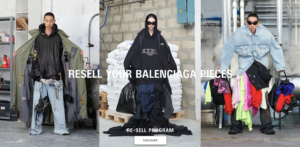
From RealReal resale platform to brands like lululemon and Balenciaga participating with their own resale platforms allowing consumers to list their items for resale on a resale marketplace. Coach also jumped into this initiative with their London pop up store that brings repairs, upcycling, customisation and leather care to the forefront as part of its (Re)Loved circular programme. The brand was taken by a scandal that it was destroying unwanted excess inventory. Primark is now selling vintage designer clothing with its WornWell initiative where it’s selling second hand designer clothing by the names of Burberry and Lacoste clothing inspired by the 80s and 90s.
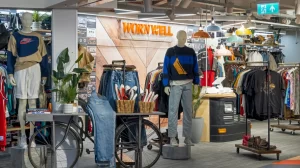
Want to continue to stay updated with the latest fashion news and expand your network in the fashion industry? Join SIIWII today for free to start networking and connecting with potential suppliers and buyers in the apparel industry.
Register your company today: www.siiwii.net




